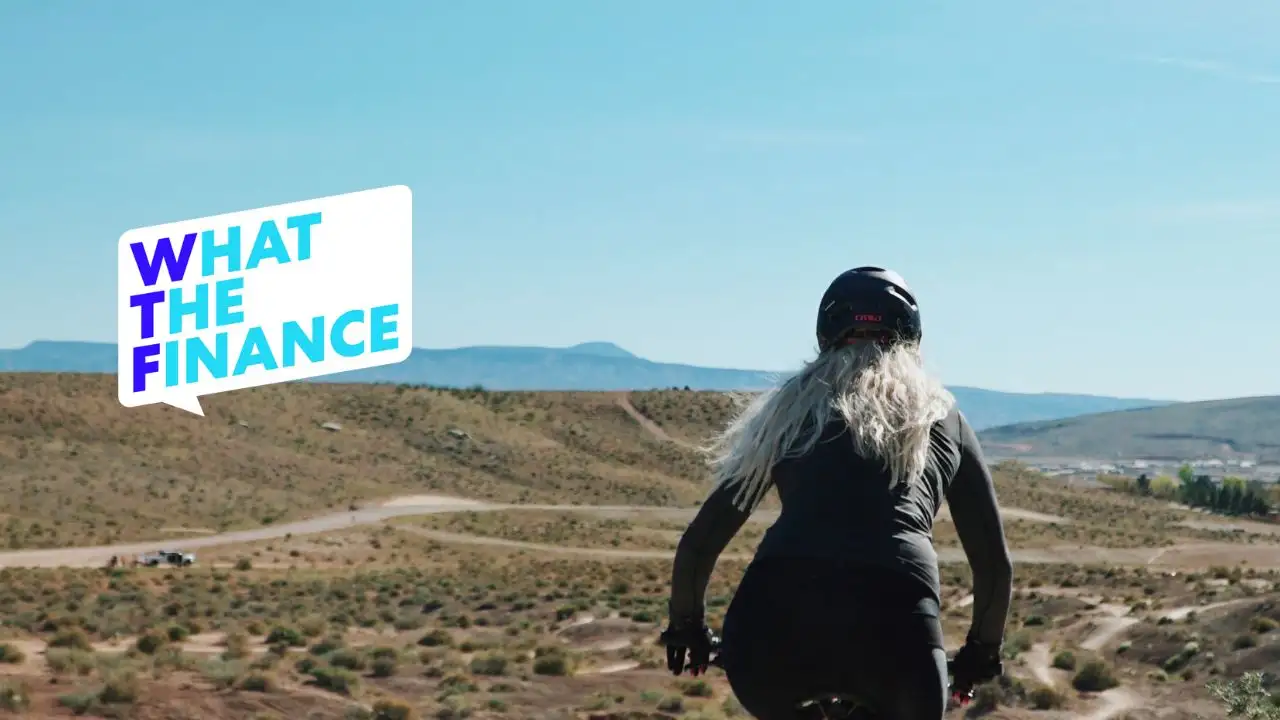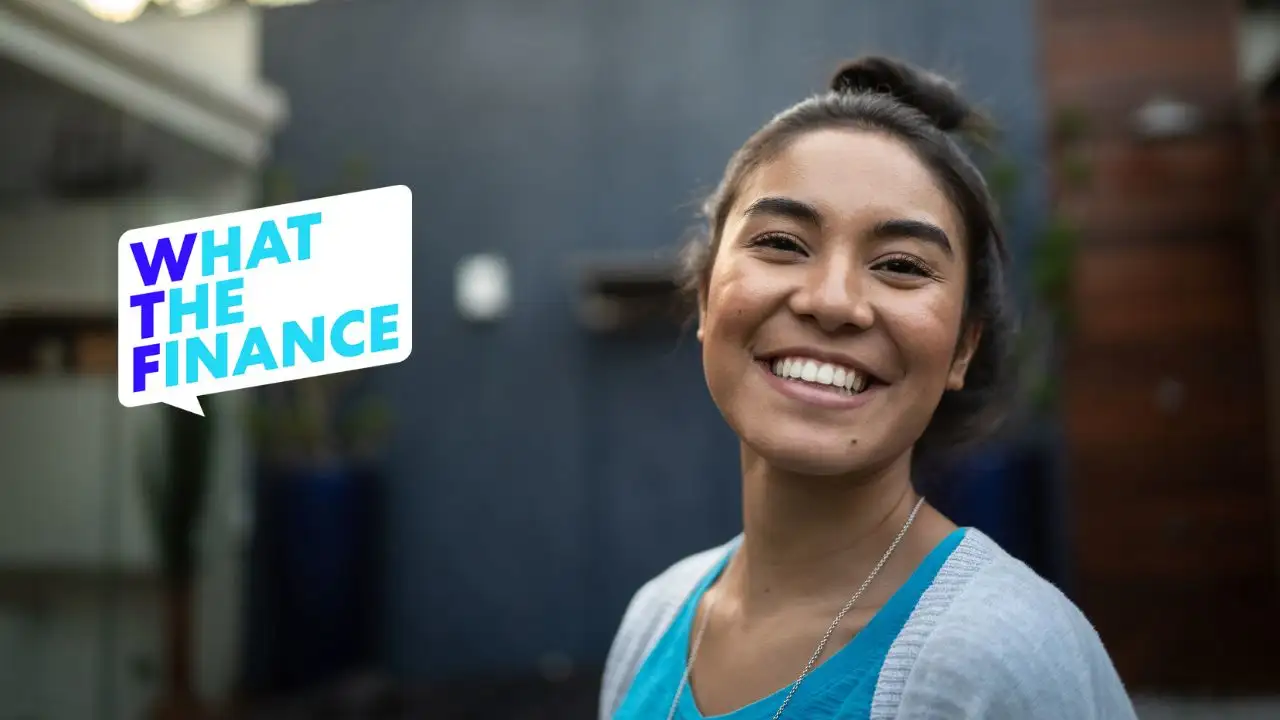
Everyday Finances
WTFinance: 4 steps to prioritize your debt
Apr 10, 2023
Written by
Reviewed by
I was ready to attack my debt but honestly wasn’t sure what to do first. Becoming debt-free can be a lot harder than it sounds. I know from experience. When I had debts I wanted to pay off, I was living alone in one of the most expensive cities in the U.S., my rent gobbling up nearly half of my take-home pay.
Sound familiar? If so, I feel you.
There’s a clear path for putting your debt top of mind so that you can take back control of your finances. Here’s a step-by-step approach.
Step 1: Make the minimum
Making minimum payments is a one-two punch. It helps you make progress against the debt (even though it might not feel like much progress) and it protects your credit.
If you can, pay the minimum required payment toward all of your debts.
Step 2: Can’t make the minimum? Prioritize secured debts
When you’re struggling and can’t make all of your minimum payments, there’s an order of priority that'll help you figure out which ones to pay and not skip. You want to start with your secured debts.
Secured debts are tied to collateral. That means that when you got the loan, you pledged something of value as a guarantee that you’d repay the debt. Secured debts can cost less and be easier to get compared to unsecured loans.
The most common kinds of secured loans are car loans (the car is the collateral) and mortgages (the home is the collateral).
Make the payments on your secured debts to avoid the risk of losing your collateral.
Step 3: More than the minimum? Prioritize unsecured debt
Anytime you can make all of your minimum payments plus more (woot!), throw those extra dollars toward your unsecured debts.
Unsecured debt is a type of loan that doesn't require collateral. The most common examples are:
Student loans
Credit cards
Most personal loans
Compared to secured debts, unsecured debts can have a higher interest rate. That means unsecured debts could cost you more money over time. So if you’re attacking your debts, try zeroing out your unsecured loans first.
Step 4: Keep up the momentum
Once you pay off a debt—congrats!—shift your focus to the loan with the next highest interest rate. This will be your new No. 1 priority with the goal to zero it out.
To make maximum progress, keep paying the same total amount every month, even after you pay off a debt. Just because you paid off a debt, that’s no reason to let up on the attack. You’re winning! Keep going! Take the money you were using to pay debt #1 and add it to your payment for debt #2. This way, every time you pay off a debt, you’ll make an even bigger payment toward the next one. Each debt can get paid off faster than the last one.
For an extra little bump in your momentum (and your morale), put any extra cash that comes along toward your debt. A bonus at work, a tax refund, a cash gift. Whatever it is, let it help you reach your next milestone even faster.
Author Information
Written by
Jackie is an Achieve contributor. She is an accredited financial coach (AFC®) who has written for Business Insider, BuzzFeed, CNET, USA Today's Blueprint, and others. She coaches artists and freelancers.
Reviewed by
Kimberly is Achieve’s senior editor. She is a financial counselor accredited by the Association for Financial Counseling & Planning Education®, and a mortgage expert for The Motley Fool. She owns and manages a 350-writer content agency.
Related Articles
Expecting a check from the IRS and wondering what to do with it? Check out this inspo for smart ways to use your tax refund.
Kimberly Rotter
Author
Your debt-to-income ratio tells lenders how much money you can borrow. Find out how it works.
Jackie Lam
Author
If you’re looking to borrow money, it helps to know the difference between unsecured debt and secured debt, Learn more here.
Jackie Lam
Author
Expecting a check from the IRS and wondering what to do with it? Check out this inspo for smart ways to use your tax refund.
Kimberly Rotter
Author
Your debt-to-income ratio tells lenders how much money you can borrow. Find out how it works.
Jackie Lam
Author
If you’re looking to borrow money, it helps to know the difference between unsecured debt and secured debt, Learn more here.
Jackie Lam
Author


